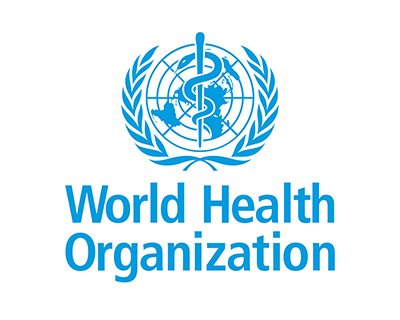The statement from REFCOM to support this is:

1 CORONAVIRUS COVID-19 Air Conditioning Systems
The current coronavirus (COVID-19) outbreak is a fluid one with Government and medical professional advice changing rapidly. This statement is based on the best advice currently available at the time of writing. Government and NHS websites should be consulted for any rapidly developing changes to the situation. This guidance is purely about the likelihood of how an air conditioning system can or would spread a virus such as COVID-19, and what building owners can do to prevent the spread through common ventilation systems.
2 BACKGROUND
Recent newspaper stories have been widely circulated suggesting that research has suggested that “the coronavirus could be spread by air conditioning systems”. As with many stories like this in the media, a degree of caution should be taken with regard to the veracity or accuracy of the statements made. Air conditioning is often an easy scapegoat target when there is an outbreak of any kind – think of any Legionella outbreak and how the media immediately blames air conditioning despite the fact that we very rarely use the type of air conditioning in the UK where legionella bacteria can proliferate.
The recent reports of research from Singapore seem to suggest from finding “traces of the virus” in “an air duct connected to the room of a patient” who had tested positive for the virus, that the natural conclusion was that the virus was being transferred via the air flowing through the duct. Not only is this unscientific because it does not consider the distinct probability that someone has touched the outlet grille and left the trace amount there, but the scaremongering this creates is unhelpful to those trying to get to grips with the reality of the situation.
3 PREVENTION
Having said that, any airborne contaminants can be minimised, if not eliminated, by proper and effective filtration and regular cleaning and maintenance of ventilation systems. A clean ventilation system is an essential part of a healthy building and it is essential that any ventilation system serving a building where confirmed cases have been diagnosed are sanitised in accordance with best practice, and that any buildings where no cases have been confirmed have their ventilation system cleaned to industry best practice as a preventative measure during this time and on-going.

World Health Organisation (WHO) advice on AC and Infection Control Poorly ventilated (not AC) buildings affect air quality and can contribute to the spread of disease. Micro-organisms, such as those causing tuberculosis and legionnaires, can be transmitted by air conditioning systems, particularly when they are poorly maintained or when the number of air exchanges per hour in a room is insufficient. Filtration systems can be installed in mechanical ventilation to stop those harmful microorganisms, particulates, gases, odours and vapours – so they can be removed. An increase in air flow and ventilation where the climate allows (opening windows and doors and using air conditioning for higher air exchange rates) will help combat this.


Notice: Theme without comments.php is deprecated since version 3.0.0 with no alternative available. Please include a comments.php template in your theme. in /home/astm0l2u8kl1/public_html/wp-includes/functions.php on line 4805